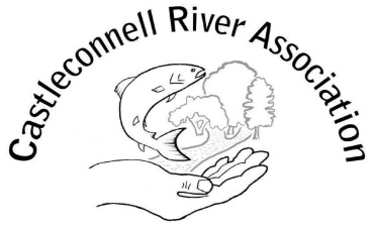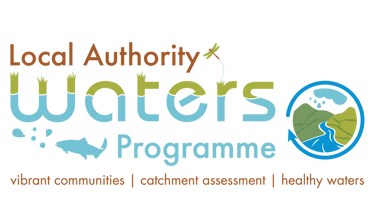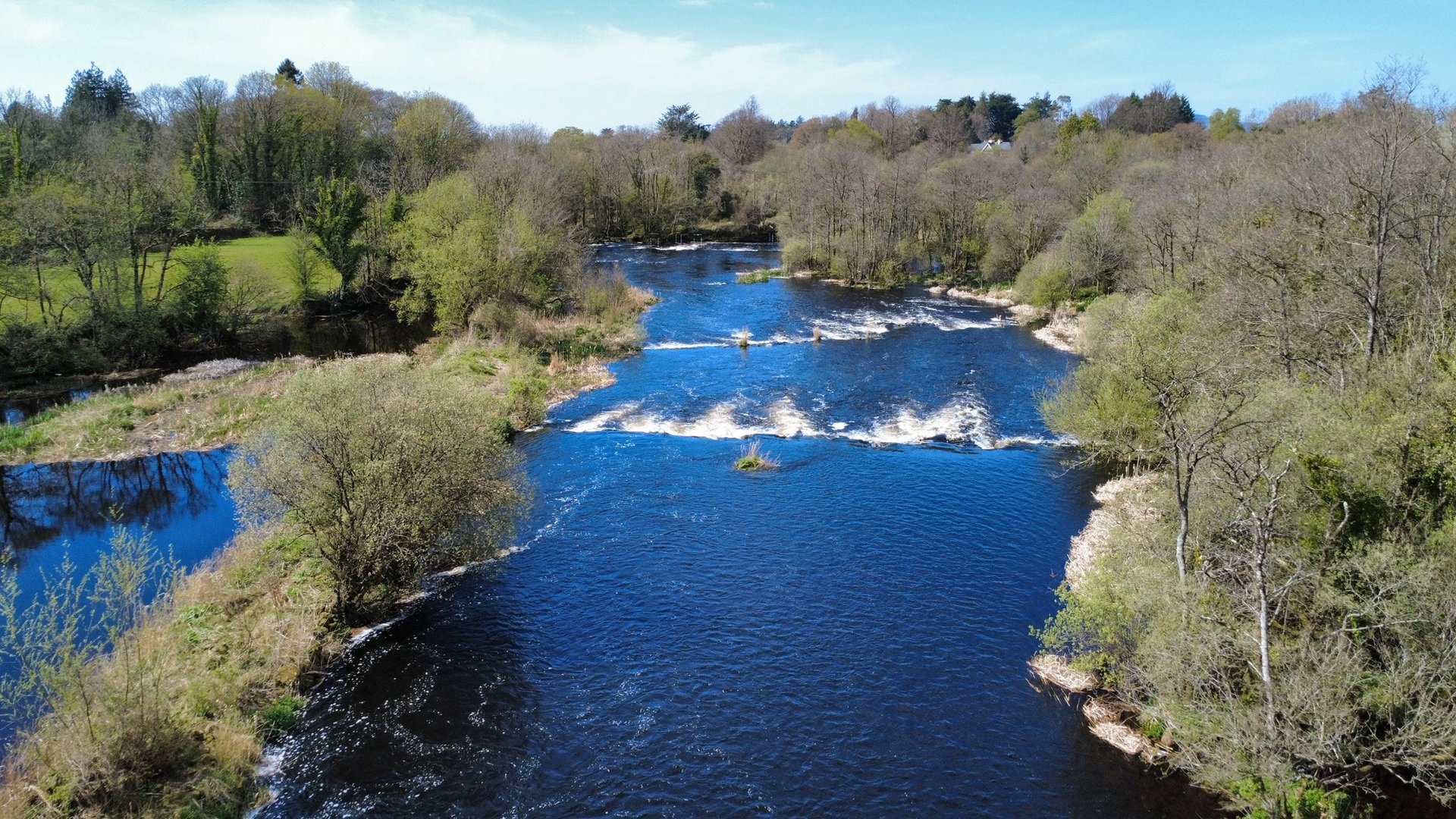
Castleconnell River Association
Join us in preserving the beauty of our environment.
Learn about the biodiversity that depends on the River Shannon
Challenges that face the river and what we are doing to restore the rivers health
Conservation initiatives aimed at restoring river habitats
About Us
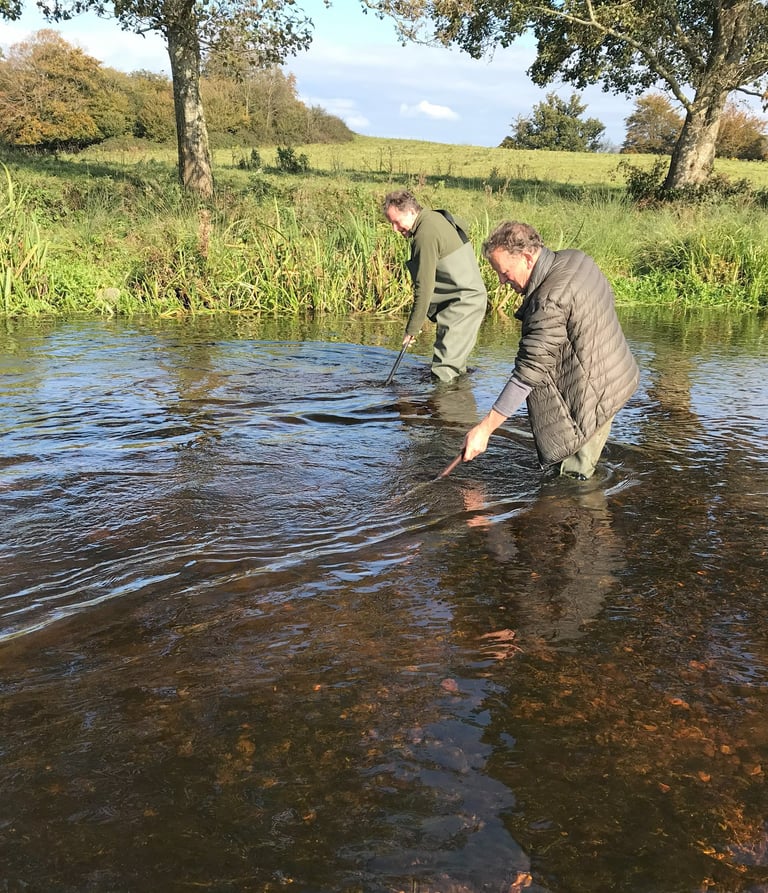

Who are we?
Castleconnell River Association (formerly Castleconnell Fishery Association) was formed in 2007 by local anglers to provide a platform for locals to be involved in the care of our local river. Anglers had observed that our local Shannon River environment, and salmon and trout in particular, had been in decline for a very long time, and nobody seemed able to do anything about it. Many factors that affect our local environment originate outside our locality (like water quality, invasive species etc.), but we decided that if we took care of the aspects within our area i.e. contain invasives, and improve or revive the local environment for native species like salmon, we would be at least moving in the right direction. We would not be standing idly by, and we would all be learning, getting the community interested and involved, and hopefully improving the local waterways for all users and stakeholders. The Lower Shannon Catchment traditionally includes all the tributaries that flow into the Shannon below Killaloe-Ballina. Tributaries include Kilmastulla River, Blackwater River, Groody Rivers, and streams Ballina South, Dunally, Fairyhall, Derrylusk, Stradbally-Ferry, Hermitage, Springfields-Illaunyregan, Black River, Ardcloony, and Killestry-Ballyteigue.
Castleconnell Partnership
In February 2009, CRA signed a partnership agreement with the ESB and Inland Fisheries Ireland (IFI) which allows us to be involved in care of the river, particularly salmonids, in the Castleconnell area. ESB own the local river, including the once world-famous Castleconnell Fishery, and IFI are the national agency responsible for the protection of fish. Any proposed CRA work on the river is discussed and approved by this partnership, and then, because this area is in the Lower Shannon Special Area of Conservation (SAC), we apply for permission to the National parks And Wildlife Service (NPWS) to carry out the proposed works. All CRA work to date has been carried out by volunteers and community employment workers.
Stay informed of our latest activities on Instagram
What We Do
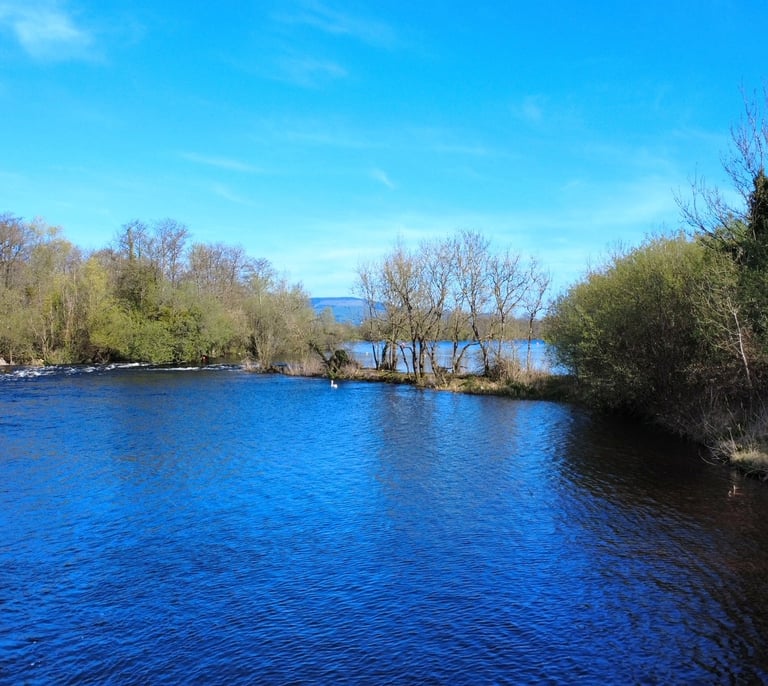

Maintain and improve salmonid spawning and nursery streams in tributary streams flowing into the River Shannon.
Maintain and improve salmonid spawning and nursery streams within the main River Shannon in the Castleconnell area.
Mitigation of invasive plants, especially Giant Hogweed and Japanese Knotweed.
Advocate on behalf of water quality, salmonid migration connectivity, ecological issues.
Education and raising awareness of watercourse issues in schools and general public.
History of Castleconnell Fishery:
The Impact of the Ardnacrusha Dam (Opened in 1929)
The construction of the Ardnacrusha hydroelectric dam brought profound environmental changes to the River Shannon. It drastically reduced water flow through Castleconnell—only around 5% of the original volume now passes through the original river path (average flow of the entire Shannon is 208 cubic metres of water per second (cumecs); average flow through present day Castleconnell is 10 cumecs. Natural flood cycles – crucial for clearing riverbanks, renewing spawning gravels, and facilitating fish migration – have been largely eliminated.
Critically, the dam was built without fish passes, obstructing both upstream and downstream migration for salmon, so salmon numbers declined drastically. Although a hatchery was established by the ESB in Parteen in 1958 in response to the crisis, its long-term effectiveness has diminished, and modern scientific thought considers that this is not a viable solution.
Castleconnell Fishery, located on the lower River Shannon, boasts a rich history deeply rooted in angling and tourism. Once world-renowned for salmon fishing—particularly in the 19th and early 20th centuries—it attracted affluent visitors and spurred the growth of tourism and local industries such as rod-making, tackle-making and boat-building. However, the construction of the Ardnacrusha Hydroelectric System in the 1920s dramatically altered this thriving ecosystem, leading to a significant decline in salmon stocks.
Salmon Numbers
Immediately prior to Ardnacrusha, over 150,000 salmon migrated up the Shannon annually, and historic accounts suggest that numbers may have once been as high as 500,000. However, due to habitat fragmentation, pollution, overfishing, and factors in the marine environment, by 2016 there were only 3,000 salmon remaining in the Shannon River (mostly in the lower catchment). Inland Fisheries Ireland (IFI), the agency tasked with protecting fish stocks, estimate that a Conservation Limit of 49,638 returning spawning salmon is required for a stable population in the Shannon. Populations of salmon above the weir stand at only 3% of this minimum Conservation Limit.
So, dramatic and urgent action is required to restore this once world famous Fishery, and that is why Castleconnell River Association first came into being.
The Golden Age
In the 1800s, Castleconnell rose to prominence as a premier location for salmon fishing. Anglers from around the world flocked to its waters, drawn by the legendary "portmanteau salmon"—exceptionally large fish—and annual salmon runs estimated at one time to be over 500,000. One notable catch included a 64lb salmon, reportedly landed by an Englishman named Moore or Moorehead, a record that remains etched in local folklore.
The booming angling tourism supported a variety of local industries. The famed "Castleconnell rod" became a mark of quality, competing with Hardy Rods as the premier rods of their time. Boat-building thrived. Gillies and boatmen found steady employment guiding visiting fishermen. The village itself hosted four hotels, catering almost exclusively to anglers.
Prominent visitors such as Lord Randolph Churchill, several English cabinet ministers, and American philanthropist George Peabody frequented Castleconnell, further cementing its status. In more recent times, even Jack Charlton, the former Ireland football manager, was known to fish the river.
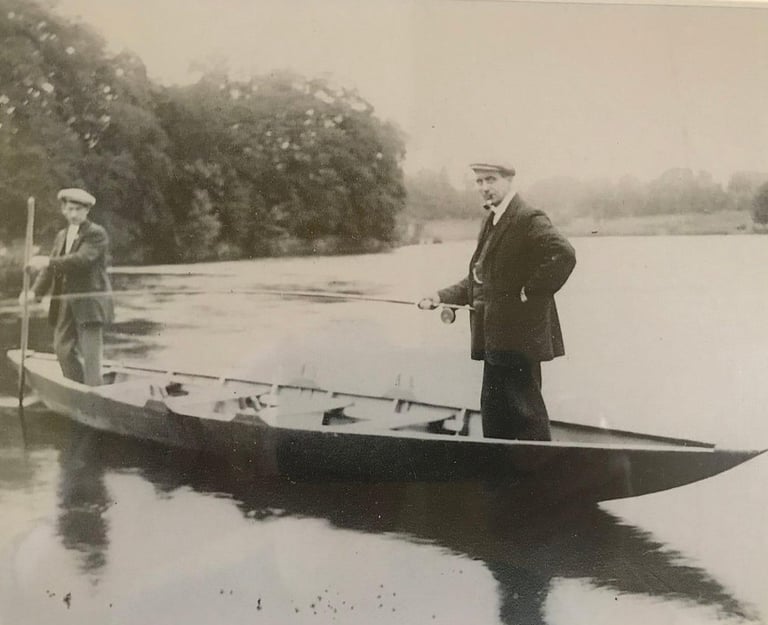

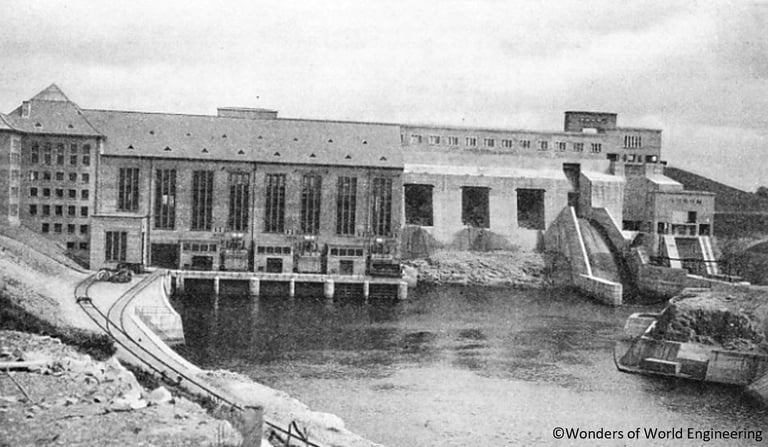

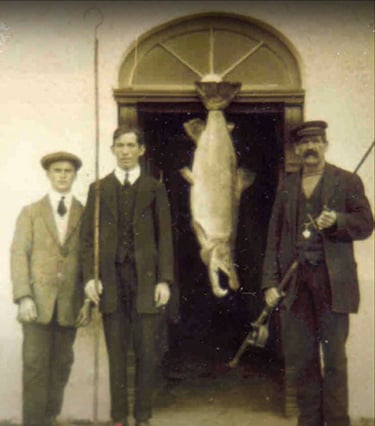

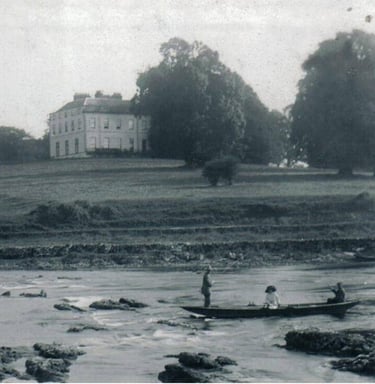

A Legacy of Angling and Change
This 56lb Salmon was caught in September 1914 by William Ivis
Contact
© 2025. All rights reserved.
Supported and funded by
